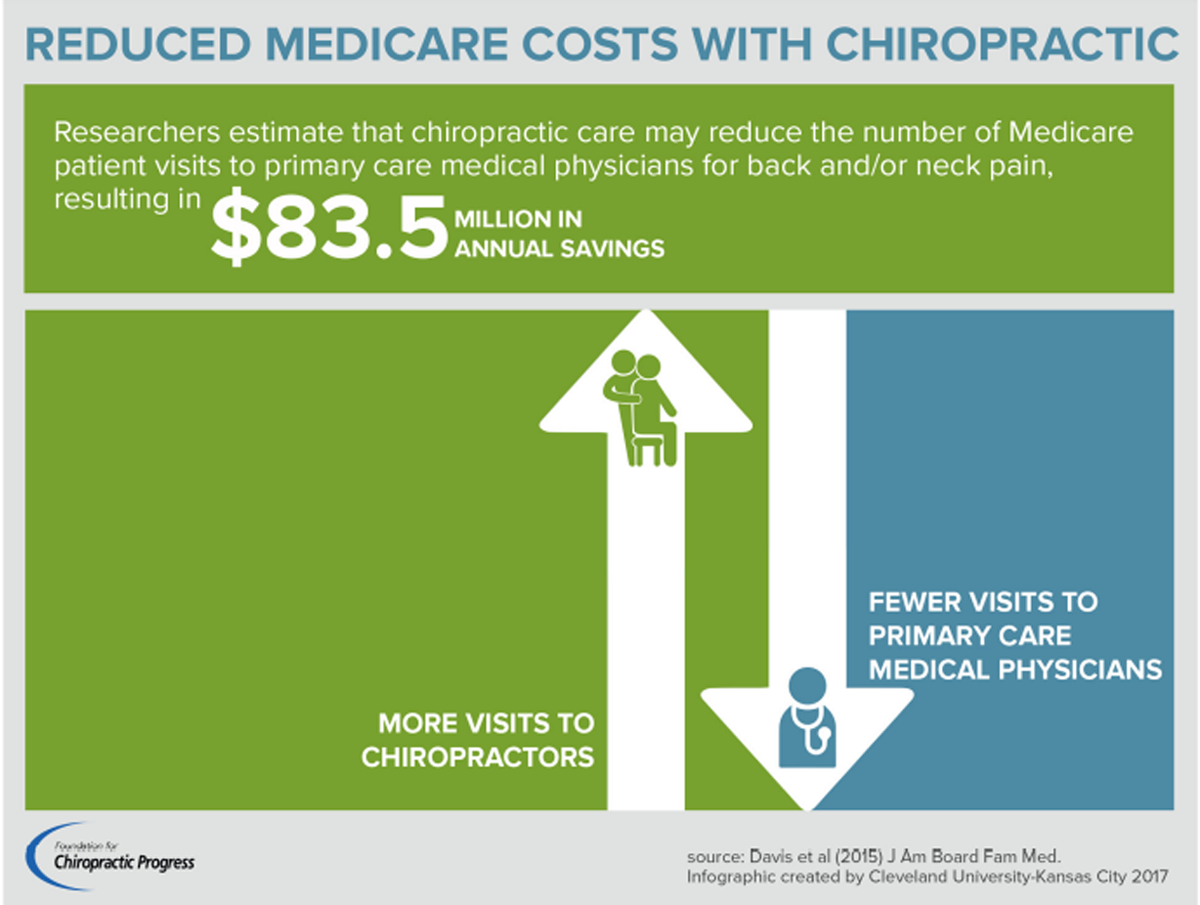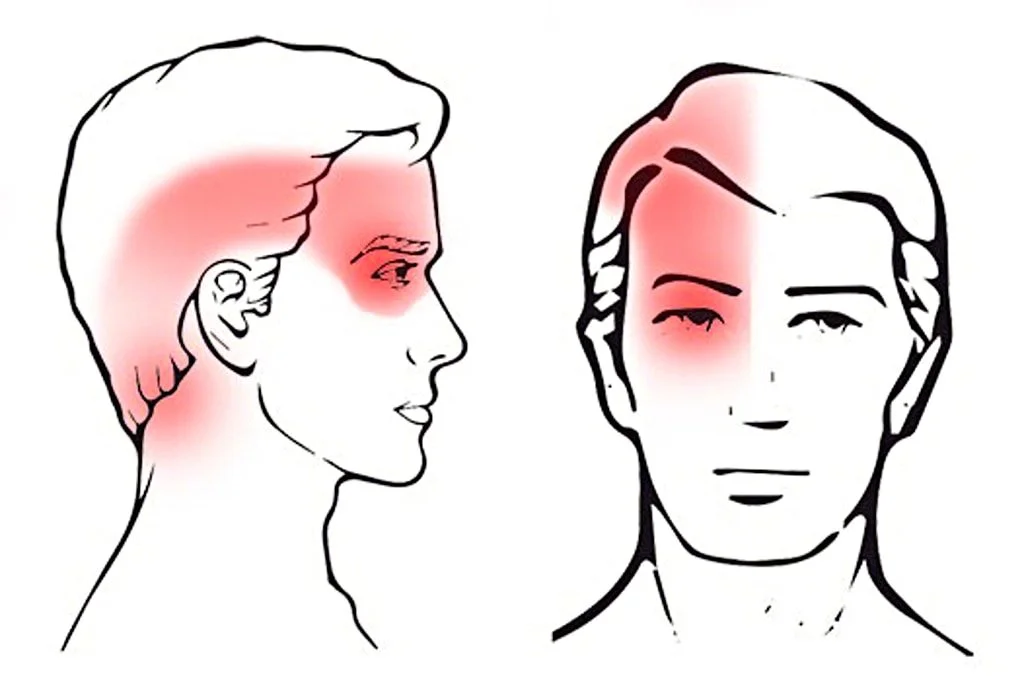Retrospective Review of Case Records of School-aged Children Receiving Chiropractic Care
Retrospective Review of Case Records of School-aged Children Receiving Chiropractic Care
SOURCE: J Bodyw Mov Ther 2025 (Jun): 42: 948–954
| OPEN ACCESS |
Jenna Duehr • Lona Cook • Amanda Blonigen • Alice Cade • Tanja Glucina • Monika Buerger
Stephanie Sullivan • Tyson Perez • Muhammed Samran Navid
Imran Khan Niazi • Heidi Haavik
Centre for Chiropractic Research,
New Zealand College of Chiropractic,
Auckland, 1060, New Zealand
Background: Chiropractic care is utilized in school aged children for a variety of health complaints, including headaches, postural issues, nocturnal enuresis, neurodevelopmental disorders, and back pain. Chiropractic care, with its ability to impact sensorimotor integration, motor control and the prefrontal cortex, could therefore potentially benefit school aged children.
Methods: In this retrospective case series, records of patients presenting for chiropractic care at an onsite school chiropractic clinic were reviewed. Patients underwent 12 weeks of chiropractic care and completed three questionnaires and two sets of neurophysiological scans. The data from these questionnaires and scans were combined, averaged, and statistically analyzed.
Results: One hundred and eighty records of children aged 5-18 years from nine schools were included in the overall analyses. Statistically significant improvements were noted in the ‘health and activities’ sub-section and overall score of the Pediatric Quality of Life Inventory™ and in the hyperactivity domain of the Strengths and Difficulties questionnaire.
Conclusion: This retrospective review of case records from children attending an onsite school chiropractic clinic has demonstrated some changes in health-related quality of life following a period of 12 weeks of chiropractic care. Further research using a clinical trial design is needed to extrapolate the findings and to assess causation.
Keywords: Chiropractic; Heart-rate variability; Neurodevelopmental disorders; Neurophysiology; Quality of life; School children; Surface electromyography; Thermography.
From the Full-Text Article:
Introduction
Childhood is a period of huge growth and development. The health and experiences of children during this critical time can have long-term impacts on disease rates, mental health, and overall well-being for the rest of their lives(Drozdz et al., 2021; Goodman et al., 2011; Middlebrooks., 2007; Marcus et al., 2022; Bellis et al., 2019). However, the health and wellbeing of children today is showing some alarming areas of decline and concern (Lebrun-Harris et al., 2022). Data from the National Survey of Children’s health in the US from 2016 to 2020 showed an increase in rates of anxiety, depression, behavioral disorders, and obesity (Lebrun-Harris et al., 2022)). The survey also showed declining rates of preventative medical visits, daily physical activity, and parents mental health (Lebrun-Harris et al., 2022). The decline in key areas of health is also evident from more historical data from the 2007 and 2011/2012 National Survey of Children’s Health (Initiative et al., 2024) which showed higher rates in many of the domains related to good health (preventative medical visits, physical activity) and lower rates of obesity, suggesting that the decline in key areas of children’s health has been evident for nearly two decades.
There are more articles like this @







